A Beef With Beef
And Pork And Chicken
The global warming cult’s war on beef is gaining momentum. How do we know? Look at this chart. Global warming, people hate cows. They fart. They take up the grassland to range on. They fatten on grain grown for them.
We should all be eating lentils, ha. Cattle actually put carbon in the soil. Their hoof action is good for the soil. The key is regenerative farming. Joel Salatin is outspoken on this topic. He runs cattle through a pasture. Then chickens. Then hogs. He is farming soil, not protein.
Going to simplify some stuff in this post, but you will get the general idea.
This is live cattle futures since 2021.
Feeder cattle futures look similar.
Shutting down the economy and all the restrictions placed on businesses by state governors created havoc in the cattle industry. It also did similarly in hogs and poultry. Here is a hog chart. It is quite a bit more volatile than cattle, which reflects the differences between the two products.
General inflation caused by massive increases in government spending also caused prices to rise. Prices rose for just about everything besides meat.
The prices in the beef market are telling us something. It’s a one-way street, higher, and it isn’t because America has suddenly embraced eating only beef.
There is a general operational chain to growing animal protein. Born, grow, fatten, slaughter, ship to market. For cattle, it takes about 30 months to rebuild the herd. Hogs and poultry are far less than that, which is why they are more volatile.
There are plenty of other factors impacting the cattle market than a simple “got to birth a lot of calves”. Currently, screwworm is south of the border in Mexico. Screwworm is spread by flies. Those flies were eradicated, but broke through a barrier in Panama and haven’t stopped. It hasn’t gotten to America yet, but yesterday I saw a report that said they found it 70 miles south of Arizona. It was also discovered on a person from El Salvador in MARYLAND. That’s frightening and another great argument for strong borders and no illegal immigration.
If a cow gets screwworm, you have to destroy the cow. It’s a total loss.
A neophyte might say that supply is constrained, so price has to go higher. That’s some of what is going on in the cattle market, but there is a lot more to it.
Hog and Poultry markets can vertically integrate. This means Tyson or Smithfield can come up with a formula and guarantee a price to farmers per head of livestock. They can control production and mandate parts of that production, so everything is standardized. A standard-sized hog/bird makes slaughter a lot more efficient and faster.
Cattle are not like that. Vertical integration is illegal.
Hence, ranchers raise cattle. They sell them to the feedlot. Feedlot fattens them. They sell them to the slaughterhouse, which sells to consumer-facing butcher shops and grocery stores.
Grass-fed beef does not go to the feedlot. However, grass-fed cows take a lot longer to fatten, and there is always a sticky ownership problem. Ranchers want inventory turn so they can redeploy cash into a new herd. Slaughterhouses don’t want to own cattle until they are ready to slaughter. Grass-fed beef can create a mismatch in traditional cattle markets.
During Covid, the price of beef tanked. Restaurant demand was 0. There were bottlenecks at the slaughterhouses. Post-COVID, as you can see from the above charts, the price of beef is skyrocketing. The size of the US cattle herd is at a low not seen in 60 years or so. What happened was all the ranchers sent all their beef to market. Remember, 30 months to rebuild the herd.
But not all the ranchers stayed in the market. Some decided to go out of business and do something else.
I could do a huge blog post, except this tweet from a rancher sums it up well. It’s the government regulation that is causing a lot of the rise in price.
1. The American cattle herd #s are way down….we can’t snap our fingers and increase the #s. It takes time…30 months.
2. Cattle ranchers are aging out with no replacements at the ranch. FYI: We are seriously looking at the “Halter system” to spread our limited resources to handle more cattle. The Halter collars and antenna initial investment is expensive.
3. Rural land prices are skyrocketing making it impossible to economically graze cattle on pricy acreage.
4. Direct to consumer sales takes time, energy and money…..that the “over stretched” aging rancher just does not possess or is too old & tired to pursue.
5. On-site processing is clunky….we are talking ones and twos to get processed at best at the small ranch operation…and the discarded remains & blood are an issue if done at the ranch (mad cow and prion issues).
Also….where to store the meat…..there is not enough cold storage facilities available near most ranches to accommodate the inventory.
6. Transportation - speaking from experience….renting “one” freezer truck & trailer is a logical nightmare to transport the processed meat.
#1 is self-explanatory. There is a life cycle issue. Insemination, gestation, calving, and growing all take time.
#2, No replacements. Agriculture is a TOUGH business. It’s not just cattle, but if you look at the wine industry, the children are not taking over their family operations. Dairy industry operations are consolidating. They are doing something else. It’s harder to raise cattle than it is hogs or poultry because hogs and poultry can be done in a confined space. Cattle need room. There is also the expense of equipment. It’s not like the television show Yellowstone. Ranchers are high-tech, and they also use helicopters, drones, and other high-tech ways to monitor herds. A simple search yields results like this.
#3, The population movement from city to rural areas is causing land prices to escalate. Another factor is that there are people fleeing blue states for red states. A lot of the red states have the grazing land. In addition, conglomerates are buying up land and holding it as an asset. Land is a hedge against inflation.
#4. You cannot snap your fingers and go direct to consumer. You have to set up for it. There are orders of operations involved. You cannot just slap up a website and be open for business. In addition, federal or state regulations might prohibit the sale direct to consumer. Representative Thomas Massie has a cattle herd on his property in Kentucky and cannot sell beef to his neighbor. Going direct might, in fact, be a younger person’s game. Economic studies over time say it takes 30 years for big innovation to take hold and blossom in an economy. Much of the reason is that it just takes the older generation to die off.
#5 It is next to impossible to build a slaughterhouse. Federal and state regulations make it very expensive. In addition, slaughterhouses tend to have a lot of injuries in them. It’s tough, dangerous work. We haven’t developed robots that can automate slaughter. Mobile abattoirs are a solution, but very hard to scale and make economically. As the poster says, killing ones and twos is not profitable, and what do you do with the offal?
#6 Cold Storage. It’s a gigantic business. I didn’t know how big a business it truly was until an MBA student I was mentoring was telling me about it. Lineage, a Michigan-based logistics company specializing in cold storage, developed a REIT that went public last year. Again, expensive and highly regulated. You think data center electricity is expensive, try cold storage. They eat energy! We can’t cut ice on the Great Lakes to keep them cold, they need electricity. This is another reason to embrace nuclear power and get building ASAP.
#7 Transportation. You have to get the livestock from the range to the slaughterhouse. Diesel has gone up in price. When I travelled across the country last week, it was just under $4 per gallon. Once the livestock is slaughtered and cut up, it has to be transported in refrigerated trucks. There aren’t enough trucks to transport the beef, so transportation costs are through the roof.
Soaring beef prices expose a broken system. While the Local Farmers Feeding our Communities Act (H.R.4782) throws $200M/year at state agencies to buy local meats, Section 2(b)(4) still funnels distribution through bureaucratic nonprofits instead of empowering direct farm-to-consumer sales. Farmers face drought-driven feed costs & packer monopolies, yet D.C.'s answer is more middlemen. Real solution? Slaughter USDA red tape, deregulate on-site processing, and let markets bypass the gatekeepers. Until then, taxpayers fund layers of waste while ranchers bleed. The real cost of legislative half-measures is paid by families at the checkout and ranchers on the brink.
There is no easy pain-free fix to this problem. Five companies control the slaughter of almost all the animals. They don’t just control it in the US, but internationally. If regulatory change is afoot, you can bet dollars to donuts those companies will lobby aggressively against it.
Trump’s Secretary of Agriculture, Brooke Rollins, should focus on this problem and come up with a free-market solution. Deregulation is key, of course. However, you have to make sure the ones you are cutting are just extraneous red tape and not material to safety. It can be tricky. But, for sure, we have to deregulate.
Here is an easy one. End COOL labeling regulation. It does nothing. It was controversial when it was enacted under the Obama Administration. It’s proven to be useless.
The marginal costs tied to COOL must go somewhere – and consumers were forced to carry some of the burden. USDA’s own commissioned research pegs the cost (in terms of lost producer and consumer surplus) at $20 billion in today’s dollars.
Again, deregulation and intense competition are the answers. How we get to a competitive market is going to be arduous. But it has to be done because it will benefit the American consumer. You want to make America great again? Make America compete again. To incentivize intense competition, deregulate.
Meat is not any different than banking, insurance, health insurance, or any other heavily regulated industry when it comes to monopsonistic concentration of power and the ability for innovators to enter the market and compete.


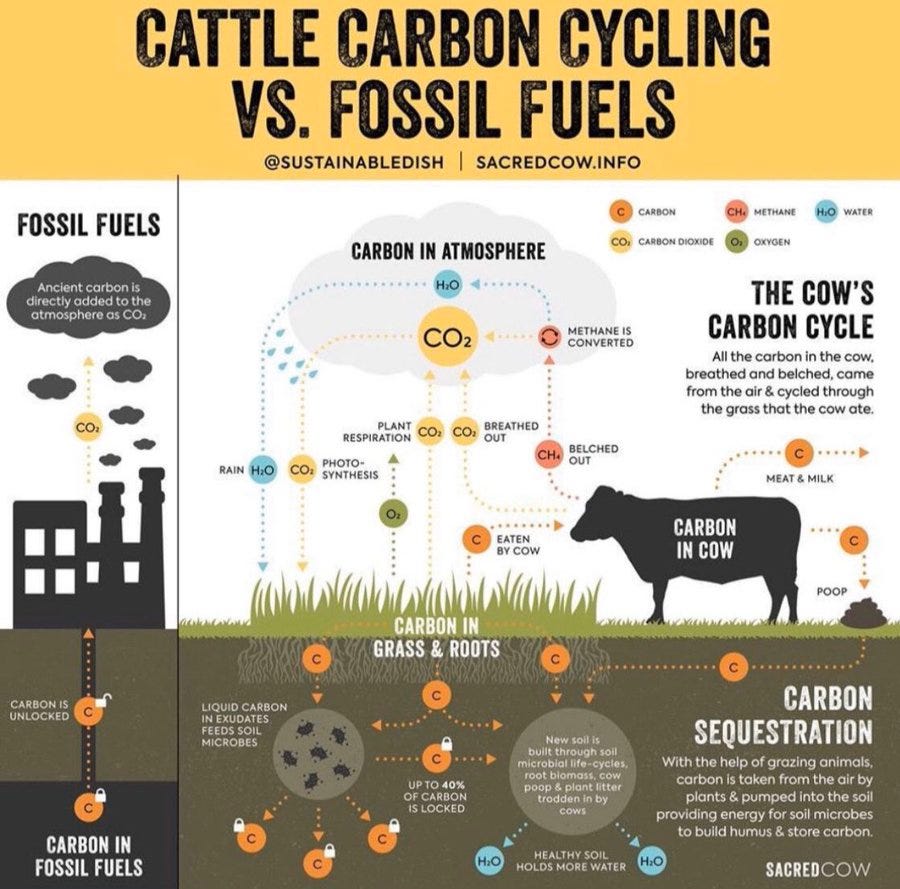
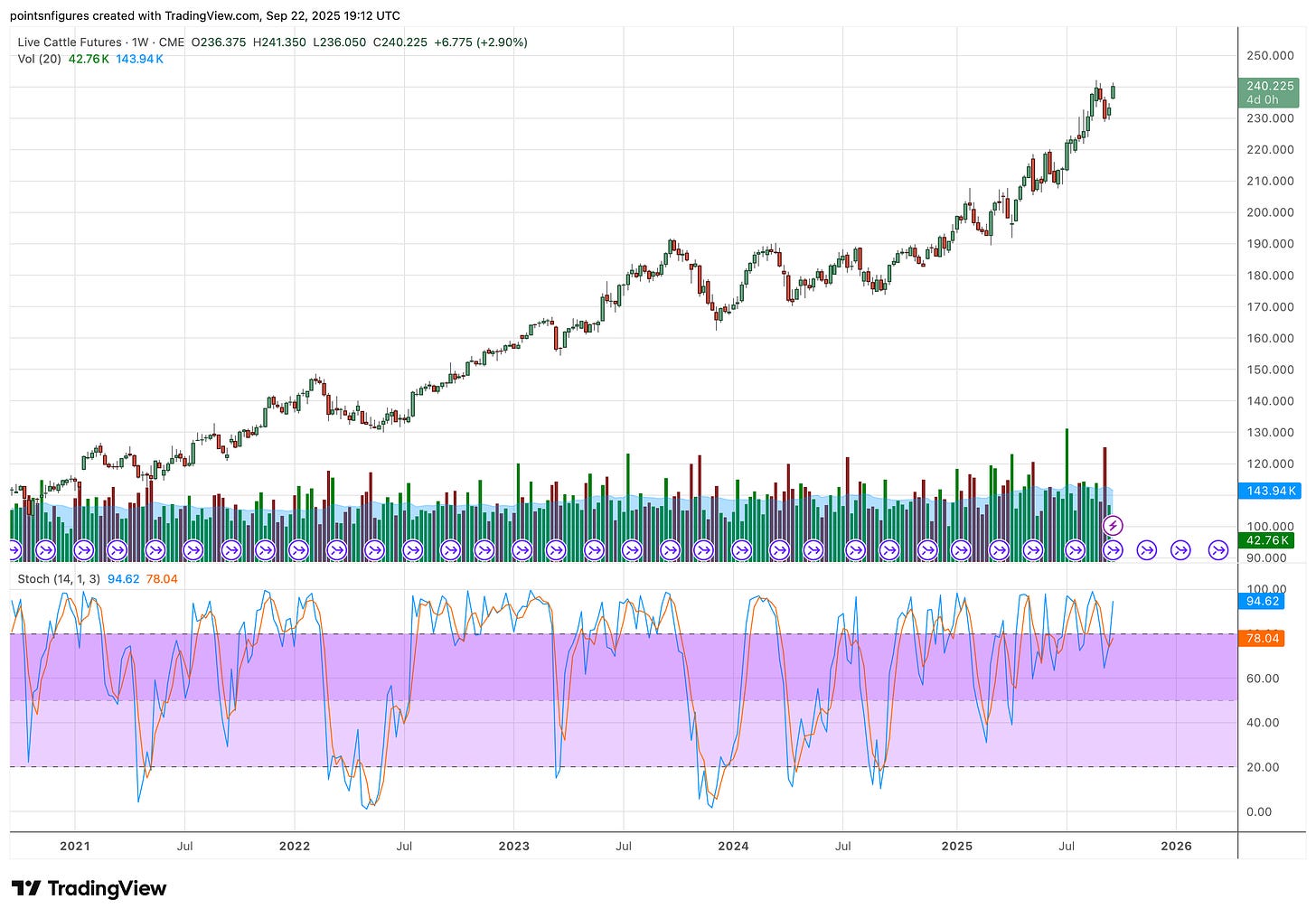
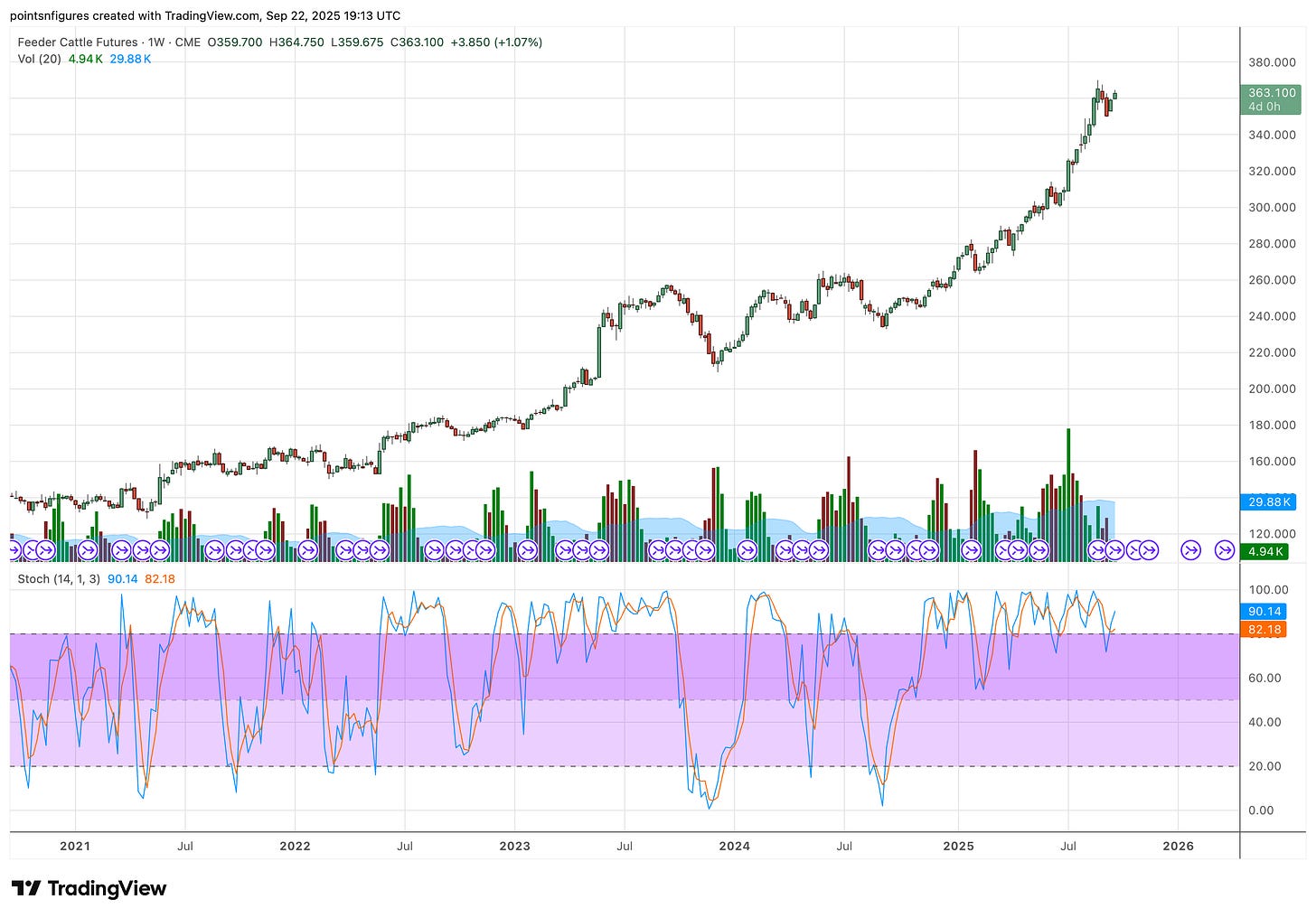
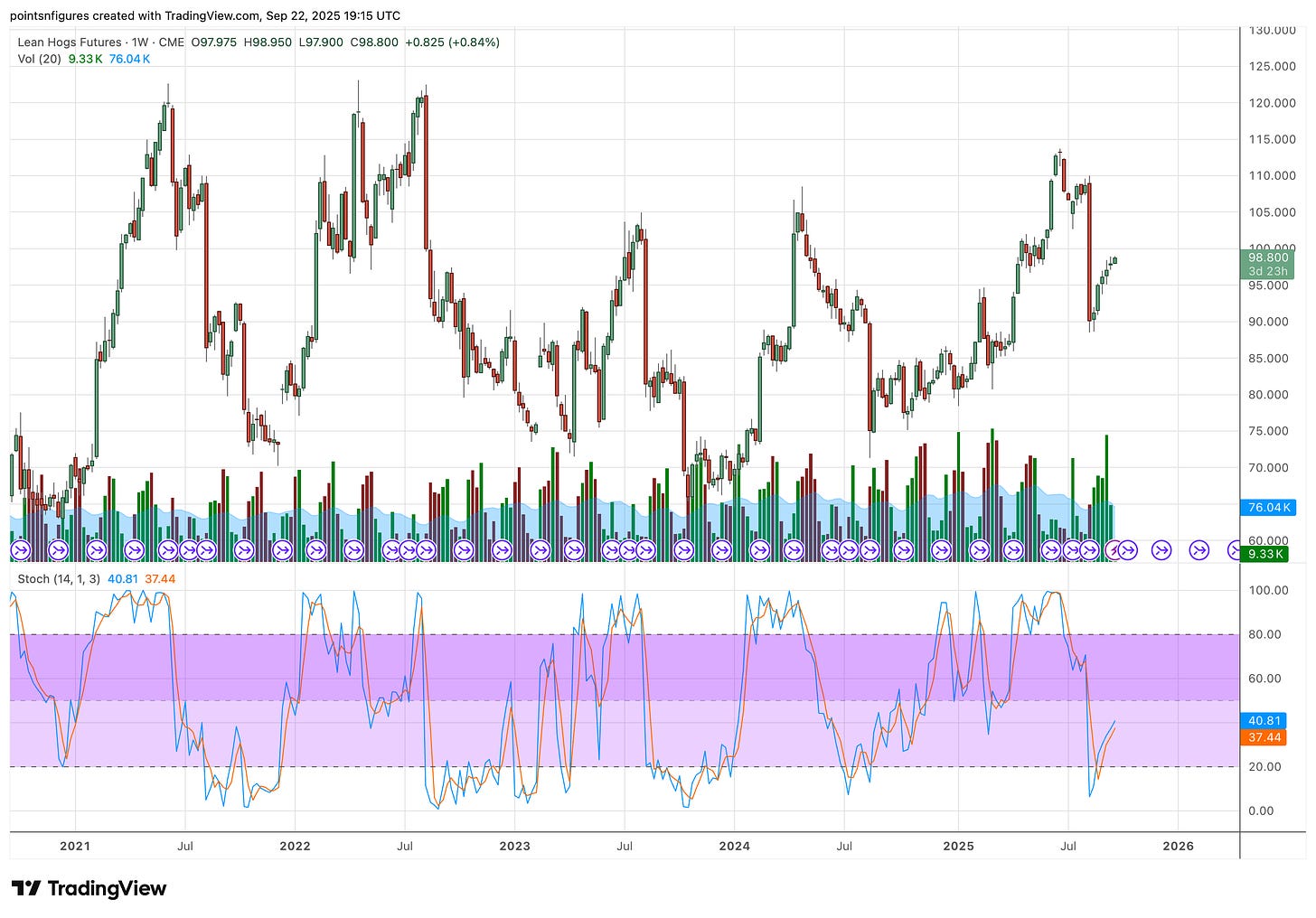
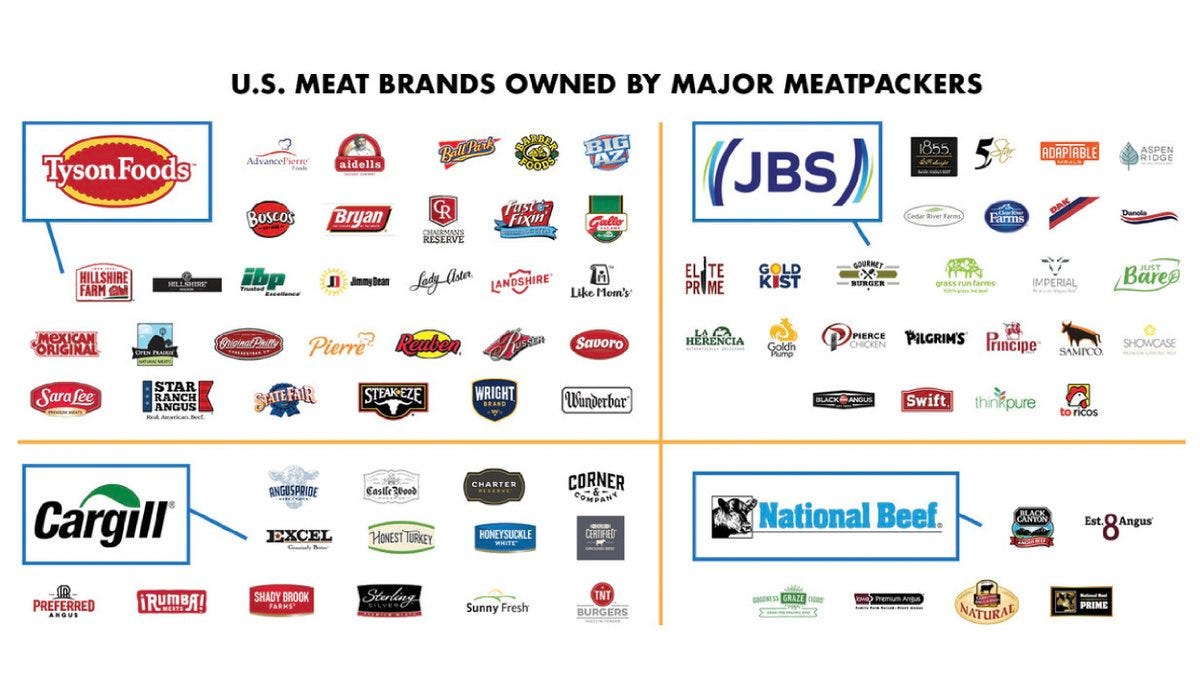
You mess with my meat, in particular my bacon and my steak- you will have in my mind taken it all a step too far.
Dairy cow-boy here. High cost is the first barrier to entry - you either marry it or you inherit it. Second barrier is the green rules - we need DDT and we can't use it, because shut up. Everything in the post captures every challenge downstream from the producer.